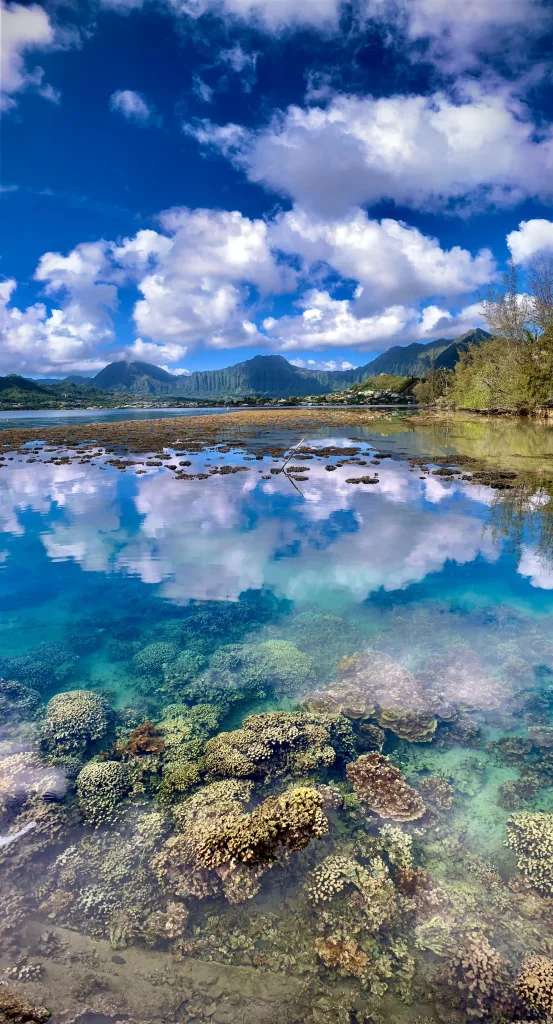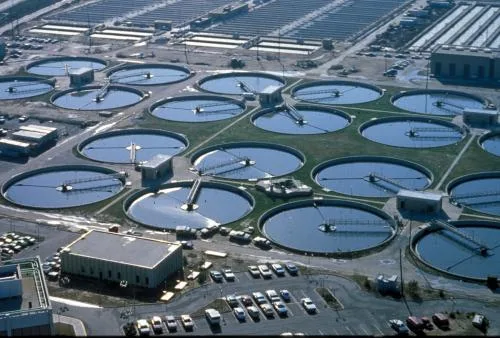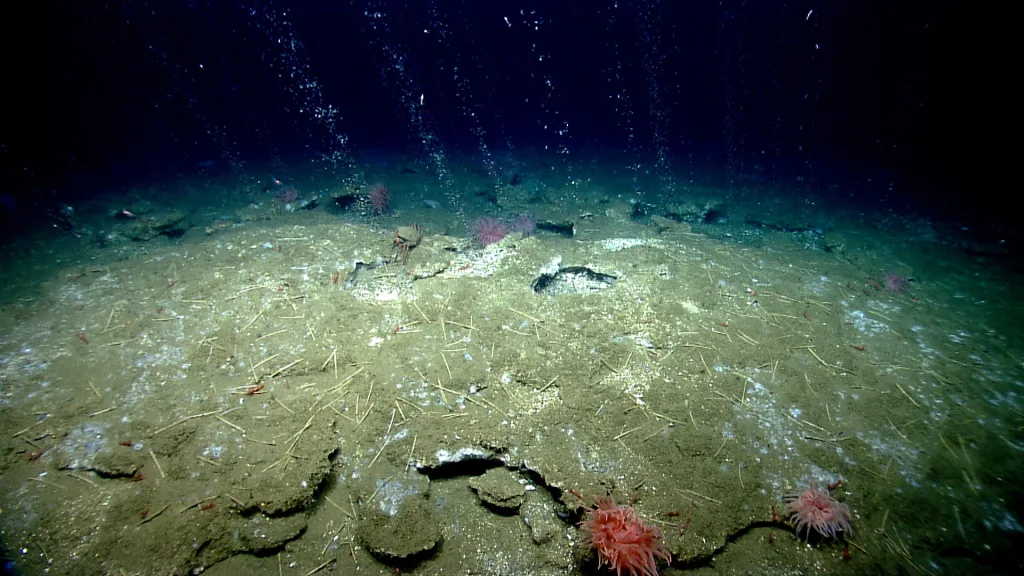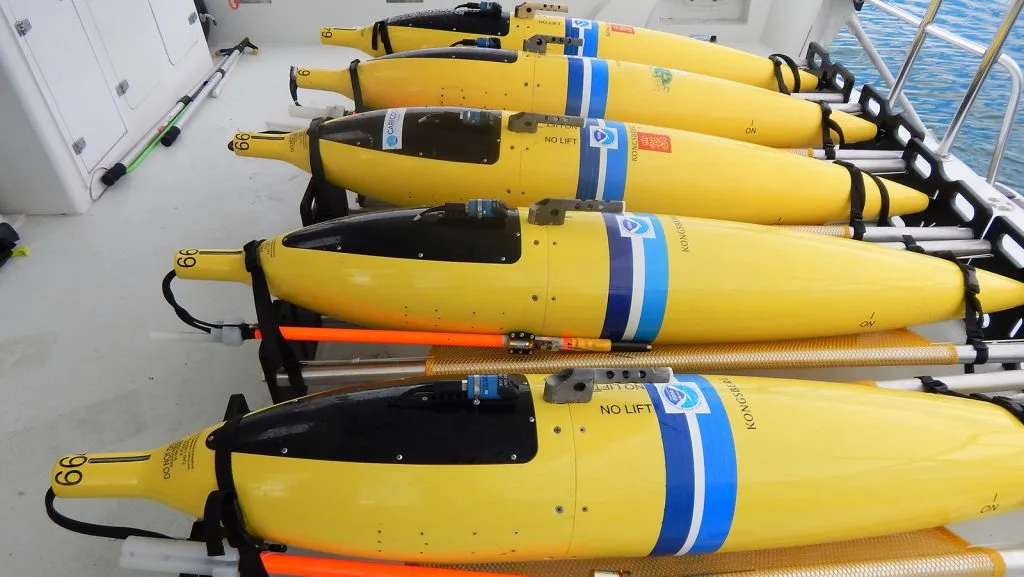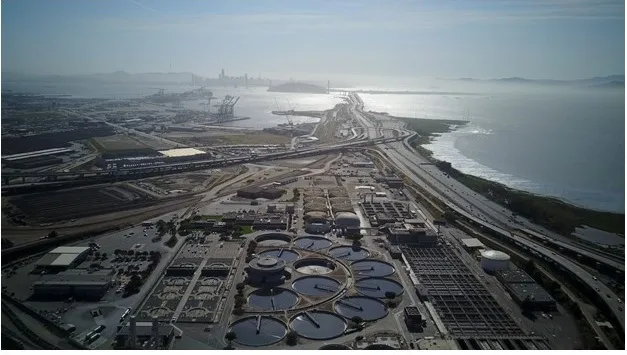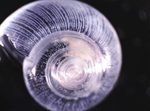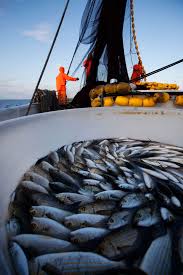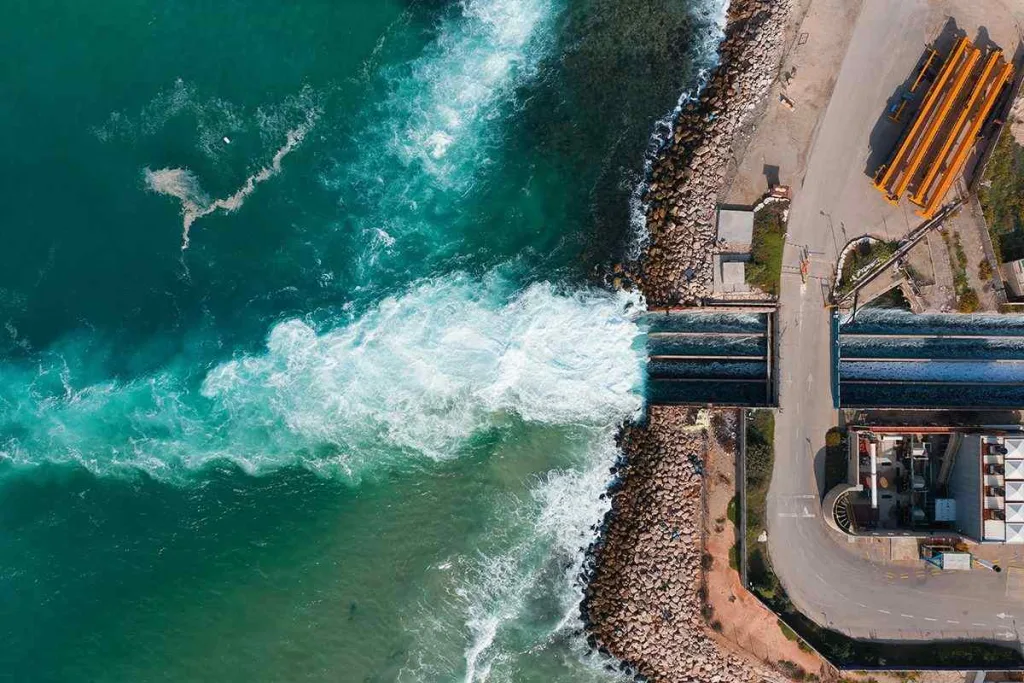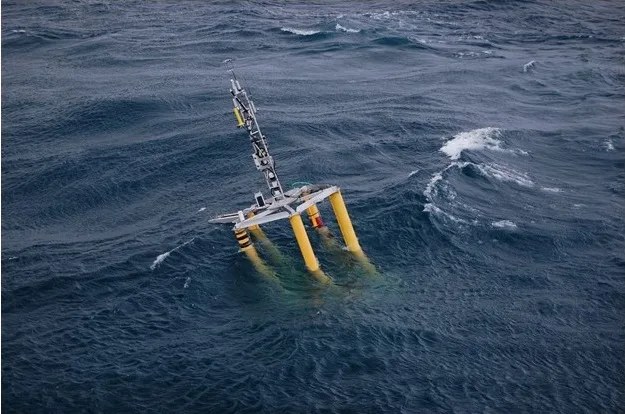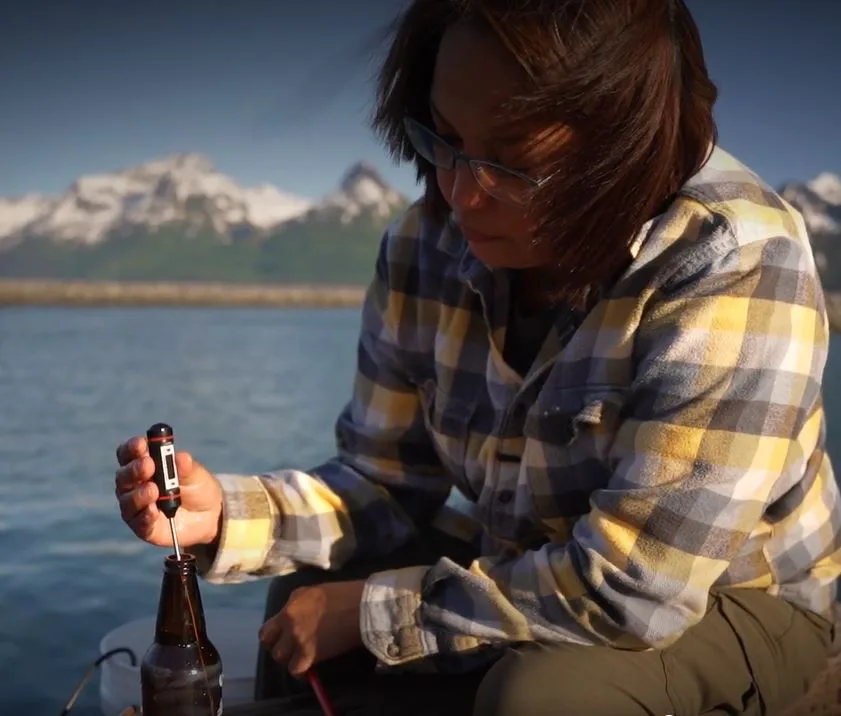Assessing the effects and risks of ocean alkalinity enhancement on the physiology, functionality, calcification, and mineralogy of corals and crustose coralline algae in the Pacific
Why we care One potential benefit of ocean alkalinity enhancement is reversing ocean acidification, which can impact marine life like corals, clams, and crabs. This project investigates the potential benefits and risks of ocean alkalinity enhancement on Pacific tropical and subtropical corals and crustose coralline algae. The project’s goal is to understand if ocean alkalinity […]
